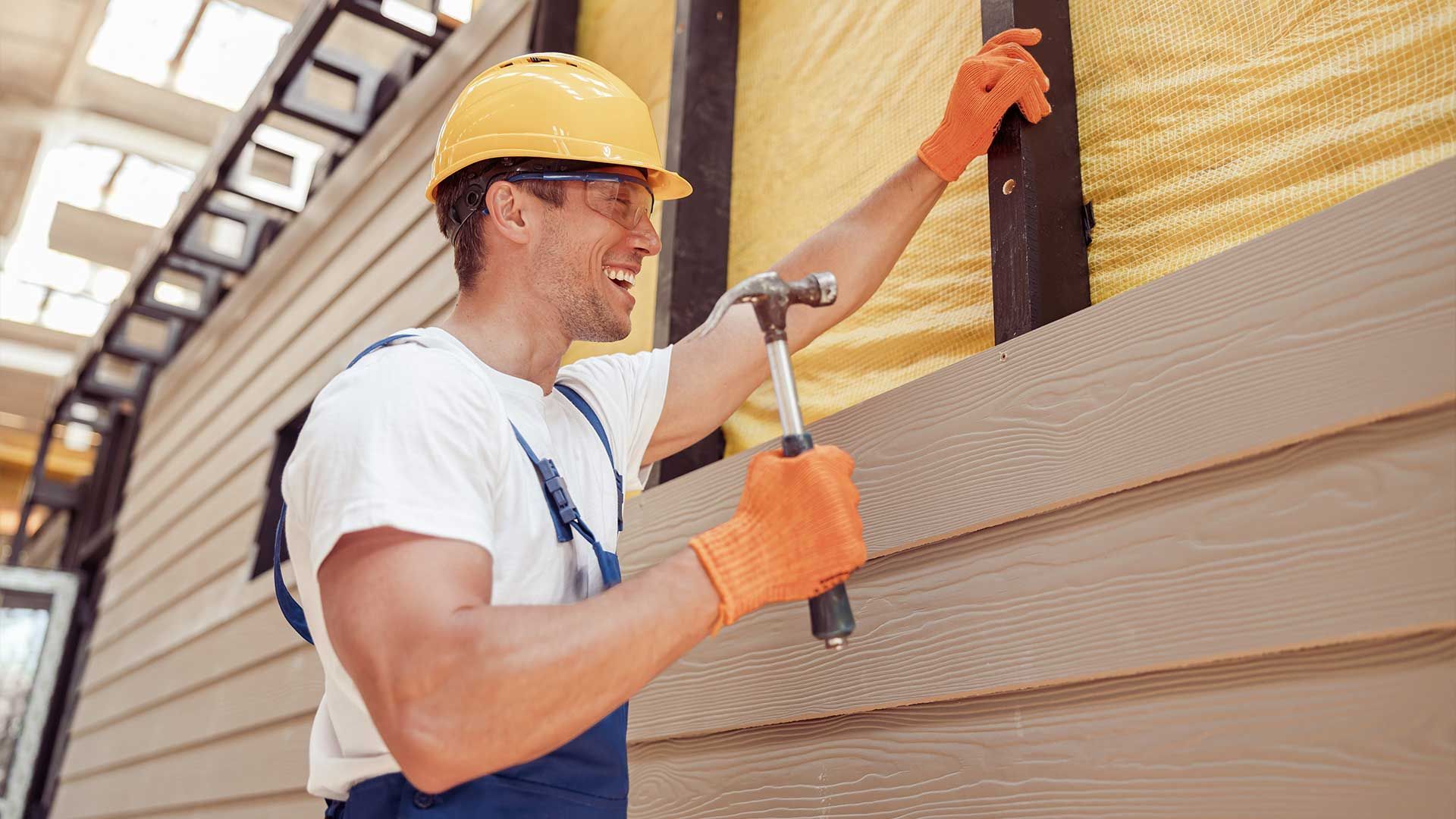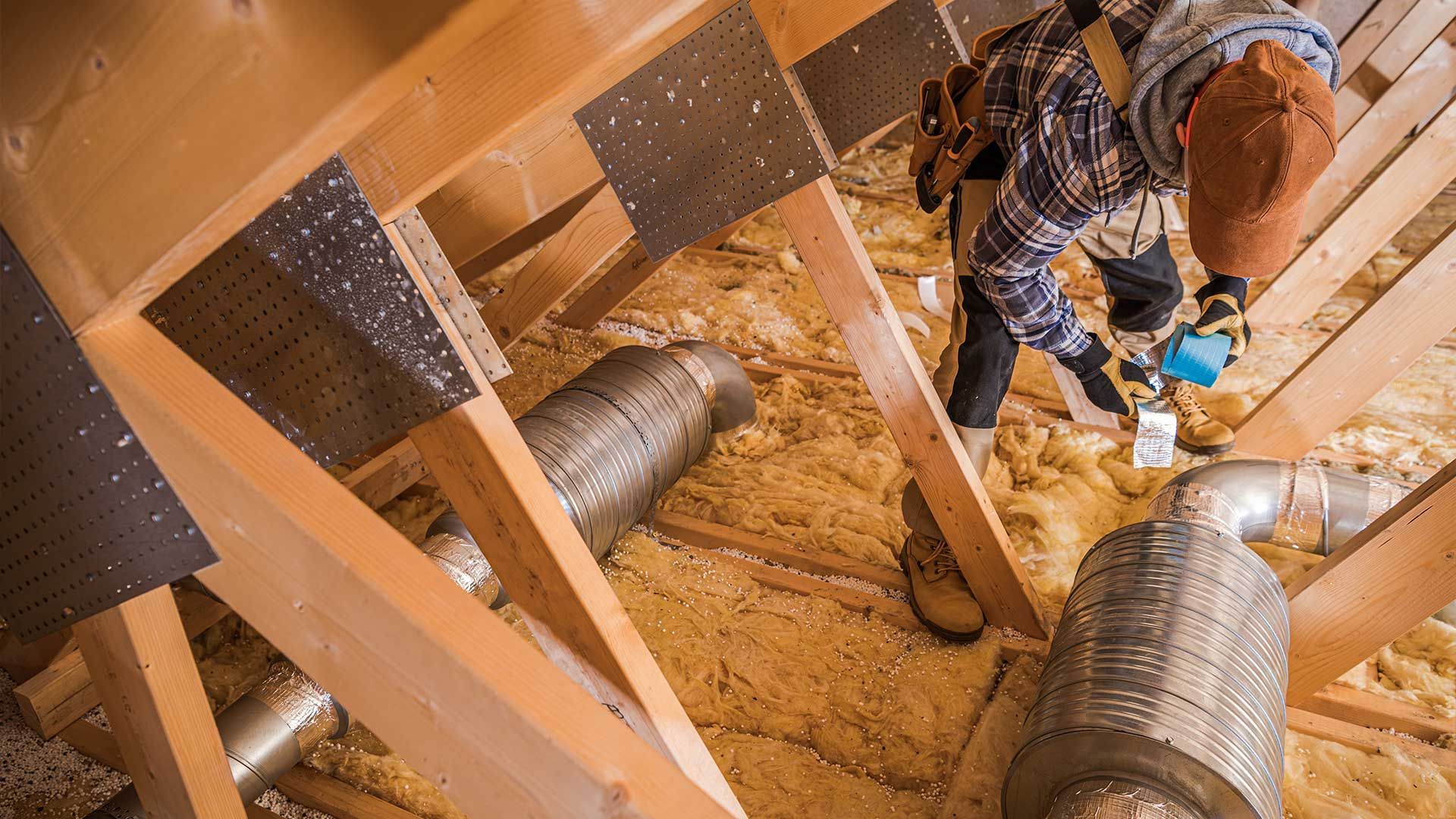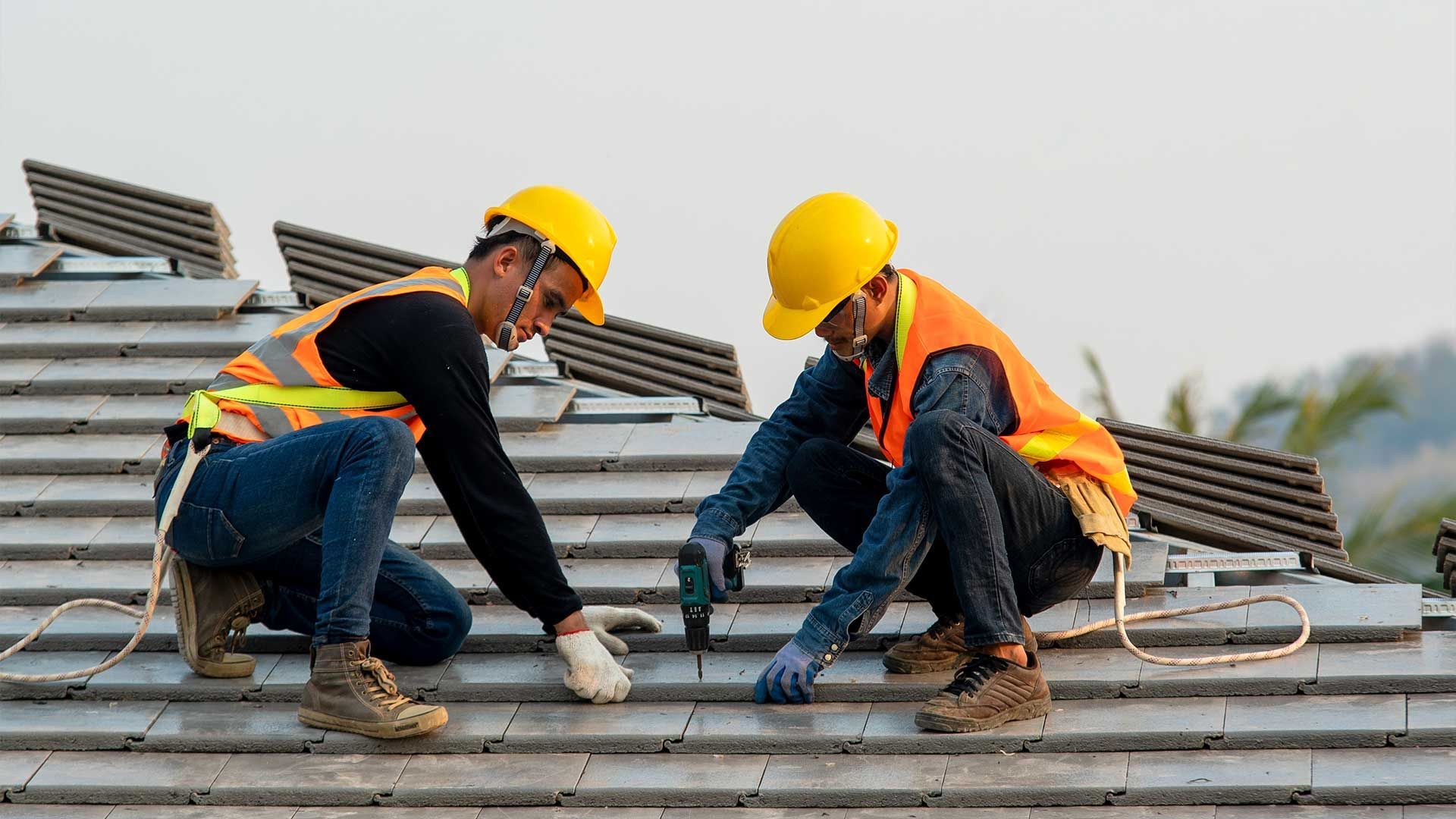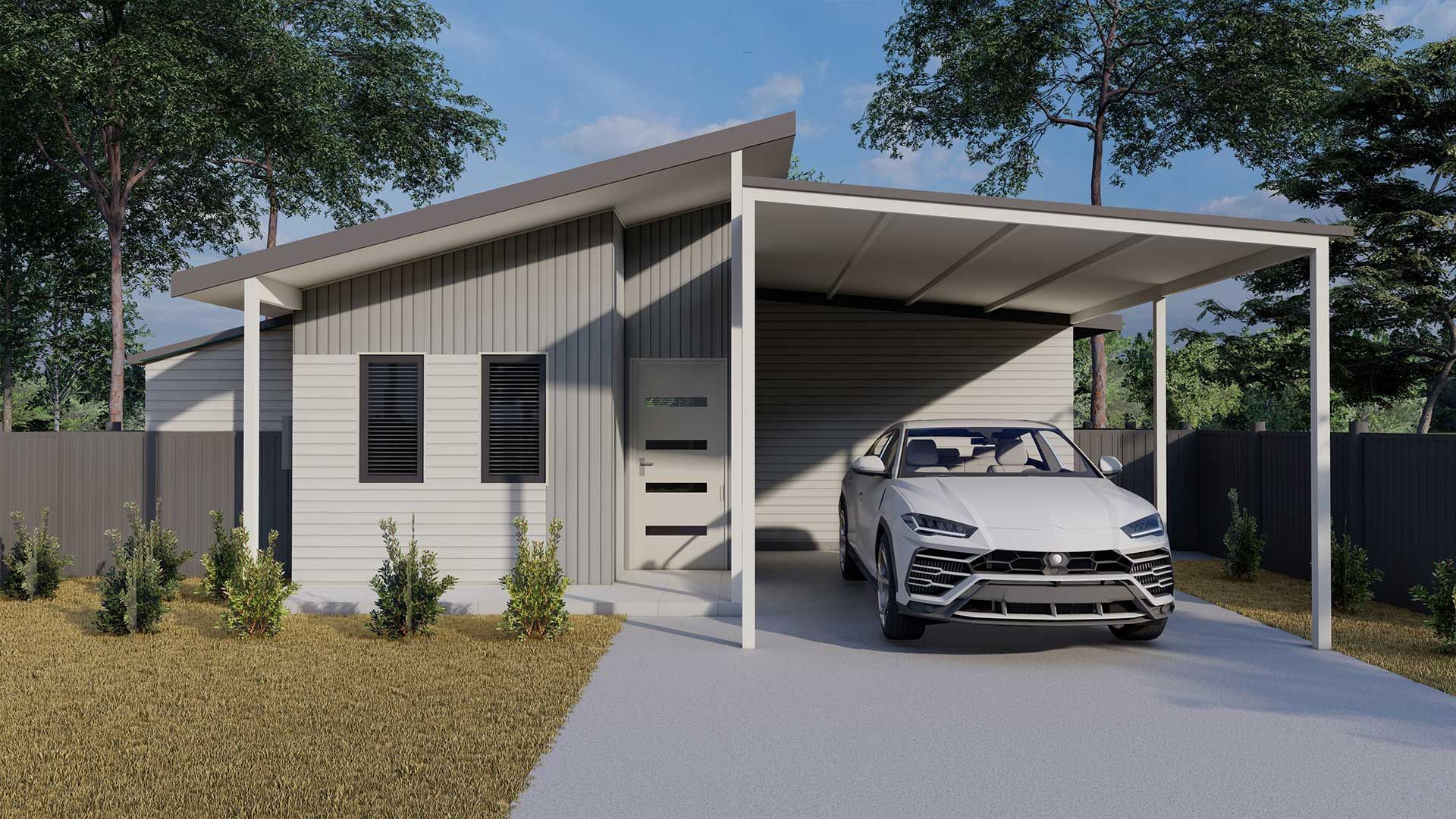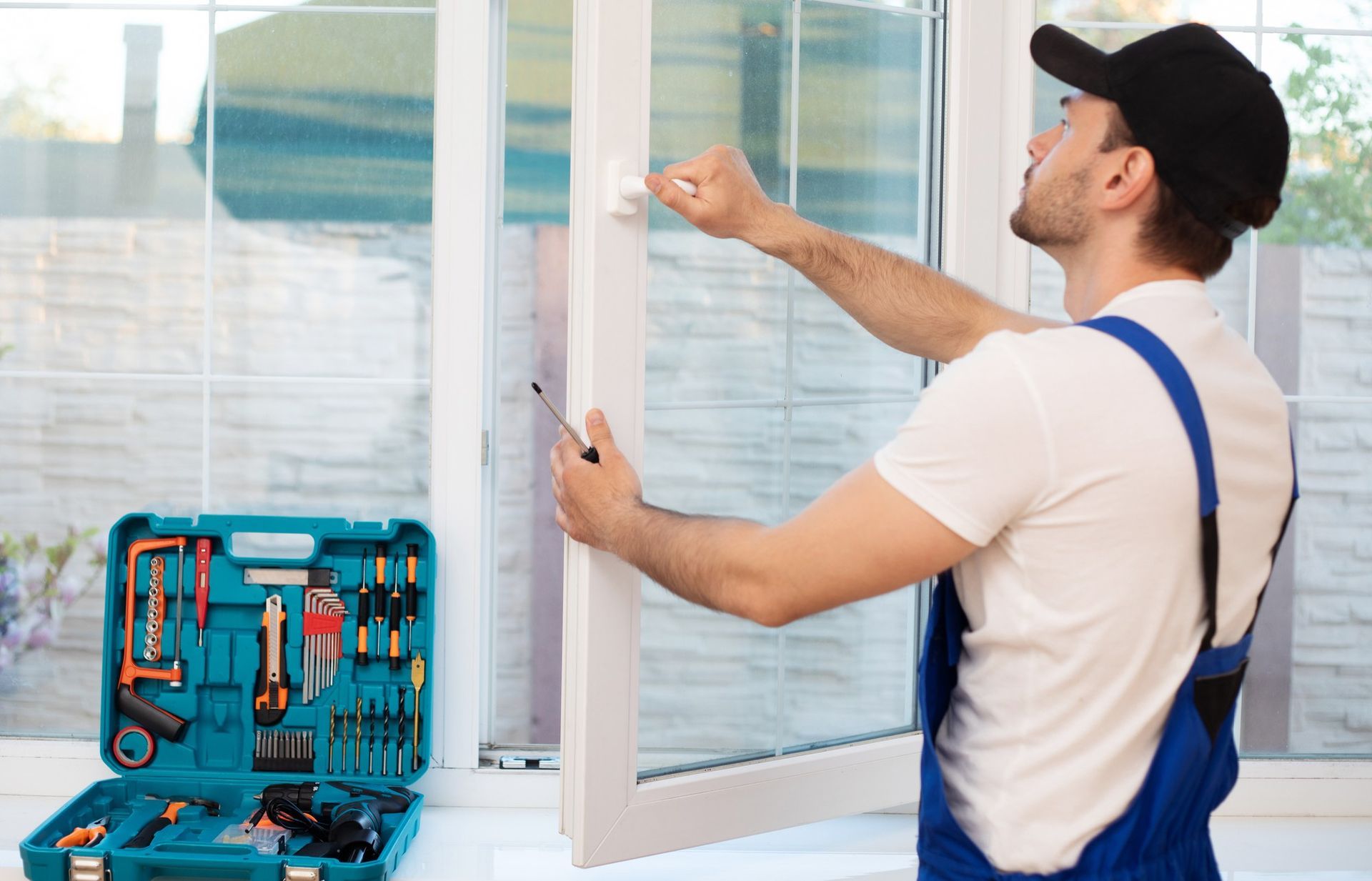Patio Cover Installation: DIY vs. Professional Services
When it comes to enhancing your outdoor living space, one key consideration is the installation of patio covers. These structures not only provide shade and protection from the elements but also add beauty and functionality to your patio area. However, a crucial decision you'll face is whether to tackle patio cover installation as a DIY project or enlist the services of professionals.
In this comprehensive guide, we will delve into the world of patio cover installation, comparing the merits of the two primary options: DIY and professional services. We understand that every homeowner has unique needs, budgets, and skill levels, and our goal is to help you make an informed choice that suits your specific circumstances.
We will explore the advantages and disadvantages of both approaches, shedding light on the factors that should influence your decision-making process. By the end of this article, you'll be better equipped to decide whether to roll up your sleeves for a DIY patio cover project or seek the expertise of seasoned professionals to
transform your outdoor space.
Pros and Cons of DIY Patio Cover Installation
Taking the do-it-yourself (DIY) route for your patio cover installation can be an enticing prospect. It offers several advantages worth considering.
First and foremost, DIY can save you a significant amount of money. By avoiding labor costs, you may be able to allocate more of your budget to the materials and design you desire. Furthermore, completing a DIY project can bring a sense of personal satisfaction and accomplishment, as you witness the transformation of your outdoor space with your own efforts.
However, it's important to recognize that DIY patio cover installation is not without its challenges. Novice DIYers may lack the necessary expertise and experience, leading to potential errors and complications. Weather conditions, permits, and local building codes are factors that must be navigated successfully. Additionally, the time commitment required for DIY installation should not be underestimated.
In the following sections, we will delve deeper into both the benefits and drawbacks of DIY patio cover installation, providing you with valuable insights to help you make an informed decision.
Benefits of Professional Patio Cover Installation
Opting for professional patio cover installation brings a host of benefits that can significantly impact the outcome of your project. These advantages are worth considering as you weigh your options.
One of the primary benefits of hiring professionals is their expertise and experience. Skilled installers possess the knowledge and know-how to handle the complexities of patio cover installation. They are well-versed in the best practices, materials, and techniques, ensuring a high-quality result.
Time is another critical factor. Professionals can complete the installation efficiently, saving you the hassle of dedicating weekends or free time to the project. This allows you to enjoy your new patio cover sooner.
Moreover, professional services often come with quality assurances and warranties. If any issues arise after installation, you can rely on their expertise to address and rectify them promptly. This peace of mind is invaluable, as it ensures the longevity and durability of your patio cover.
In the upcoming sections, we will delve deeper into these advantages and provide guidance on
selecting the right professionals for your patio cover installation needs. We aim to equip you with the information necessary to make an informed decision that aligns with your goals and expectations.
Assessing Your Skills and Resources
Before deciding on whether to embark on a DIY patio cover installation project or hire professionals, it's essential to evaluate your own skills and available resources. This assessment will help you determine if you are well-suited for the task.
Begin by considering your DIY experience. Have you undertaken similar home improvement projects in the past? Do you possess basic carpentry, construction, or design skills? Assessing your capabilities will give you a realistic perspective on what you can accomplish.
Next, take stock of the tools and equipment you have at your disposal. Installing a patio cover often requires specialized tools and materials. Ensure you have access to the necessary equipment and, if not, consider the cost and availability of renting or purchasing them.
Time is another crucial factor to consider. DIY projects can be time-consuming, and you must be prepared to invest the necessary hours for planning, preparation, and installation.
In the following sections, we will provide a checklist of the skills and equipment needed for a successful DIY patio cover installation. This will help you determine if you are ready to take on the project independently.
Steps in DIY Patio Cover Installation
If you've decided that DIY patio cover installation is the right choice for you based on your skills and available resources, it's essential to familiarize yourself with the general steps involved in the process. Having a clear understanding of what to expect can help you plan and execute the project effectively.
1. Planning and Design: Start by creating a detailed plan and design for your patio cover. Consider factors such as size, materials, style, and placement. Ensure your design complies with local building codes and permits.
2. Gathering Materials: Once your design is finalized, gather all the necessary materials and tools. This may include lumber, roofing materials, fasteners, and safety gear.
3. Site Preparation: Prepare the site by clearing the area and ensuring a level foundation. You may need to pour concrete footings or create a solid base for your patio cover.
4. Framing and Structure: Build the frame and structure of your patio cover according to your design. This step involves measuring, cutting, and assembling the wooden framework.
5. Roofing Installation: Install the roofing material securely to provide shelter from sun and rain. Options include shingles, metal roofing, or polycarbonate panels.
6. Finishing Touches: Add finishing touches, such as painting or staining the wood, to enhance the aesthetics of your patio cover.
7. Safety Measures: Throughout the installation process, prioritize safety by wearing protective gear, working on stable surfaces, and following all safety guidelines.
8. Final Inspection: Once your patio cover is complete, conduct a thorough inspection to ensure it meets your design specifications and local regulations.
In the subsequent sections, we will offer valuable tips and precautions to help you navigate each of these steps successfully. With careful planning and attention to detail, you can achieve a satisfying DIY
patio cover installation.
Hiring a Professional Patio Cover Installer
Choosing professional patio cover installation services involves careful consideration and research. To ensure a smooth and successful installation, follow these steps when hiring professionals:
1. Research and Referrals: Start by researching local patio cover installation companies. Seek recommendations from friends, family, or neighbors who have had positive experiences with such services. Online reviews and testimonials can also provide valuable insights.
2. Check Credentials: Verify the credentials of the installation companies. Ensure they are licensed, bonded, and insured. Ask for references and follow up with past clients to gauge their satisfaction.
3. Experience and Expertise: Inquire about the installer's experience with patio covers specifically. Experienced professionals are more likely to handle the project efficiently and address any challenges that may arise.
4. Portfolio and Examples: Request to see examples of the installer's previous work. This can help you assess their craftsmanship and the quality of their installations.
5. Written Estimates: Obtain written estimates from multiple professionals. Compare the costs, materials, and timelines provided. Be wary of any quotes that seem unusually low or high compared to the others.
6. Clarify Details: Ask questions and seek clarification on any aspects of the project, including materials, permits, warranties, and any potential extra charges.
7. Written Contract: Once you've selected an installer, ensure that all details are outlined in a written contract. This should include the scope of work, payment terms, project timeline, and any warranties.
8. Communication: Maintain open and clear communication with the chosen installer throughout the project. Address any concerns promptly and ensure that the project stays on track.
By following these steps, you can make an informed decision when selecting a professional patio cover installer. Choosing the right team will play a crucial role in the successful outcome of your patio cover project.
Cost Comparison: DIY vs. Professional
One of the significant considerations when deciding between a
DIY patio cover installation and hiring professionals is the cost involved. Both options come with their associated expenses, and it's essential to understand the financial aspects before making a decision.
DIY Patio Cover Installation:
Materials: DIY projects often offer cost savings on labor, but you will still need to purchase all the necessary materials. These may include lumber, roofing materials, fasteners, paint or stain, and safety gear.
Tools:
If you don't already own the required tools, you'll need to factor in the cost of renting or purchasing them. Specialized tools, such as saws and drills, can add to the expenses.
Permits: Check with your local authorities regarding permits and associated fees. Compliance with building codes may require additional costs.
Time: While not a direct monetary expense, the time you invest in a DIY project has an opportunity cost. Consider how your time could be spent on other activities.
Professional Patio Cover Installation:
Labor: When hiring professionals, you are paying for their labor and expertise. This includes the installation, which can be completed efficiently and accurately.
Materials: Professionals often have access to quality materials at competitive prices, and they can provide guidance on the best choices for your project.
Warranties: Many professional installers offer warranties on their work, giving you added peace of mind in case of issues or defects.
Permits: Professional installers are typically well-versed in local building codes and permitting processes. They can handle this aspect for you, although permit fees may still apply.
It's essential to compare the overall cost of a DIY project, including materials, tools, permits, and your time, to the cost of hiring professionals. Consider your budget and the value you place on your time and expertise. In the upcoming sections, we will conclude with guidance to help you make an informed decision that aligns with your specific circumstances and preferences.
Conclusion
In the world of patio cover installation, the choice between embarking on a DIY project or enlisting professional services is a significant decision. It hinges on various factors, including your skills, resources, budget, and the desired outcome.
If you possess the necessary skills, tools, and time, a DIY patio cover installation can be a rewarding endeavor that offers cost savings and personal satisfaction. However, it comes with challenges and responsibilities that should not be underestimated.
On the other hand, opting for professional patio cover installation offers several advantages, including expertise, efficiency, and peace of mind. Professionals can handle every aspect of the project, from design to permits to construction, ensuring a high-quality result.
To make an informed choice, assess your capabilities, evaluate your budget, and weigh the pros and cons of each option. Regardless of your decision, what matters most is the transformation of your outdoor space into a beautiful and functional area.
If you choose the professional route, consider reaching out to
Pro Siding Windows & Roofing at
940-691-3905. Our team of experts specializes in patio cover installations, delivering top-notch quality and service to create the outdoor oasis you've always dreamed of. Your satisfaction and comfort are our priorities.
Frequently Asked Questions (FAQs)

